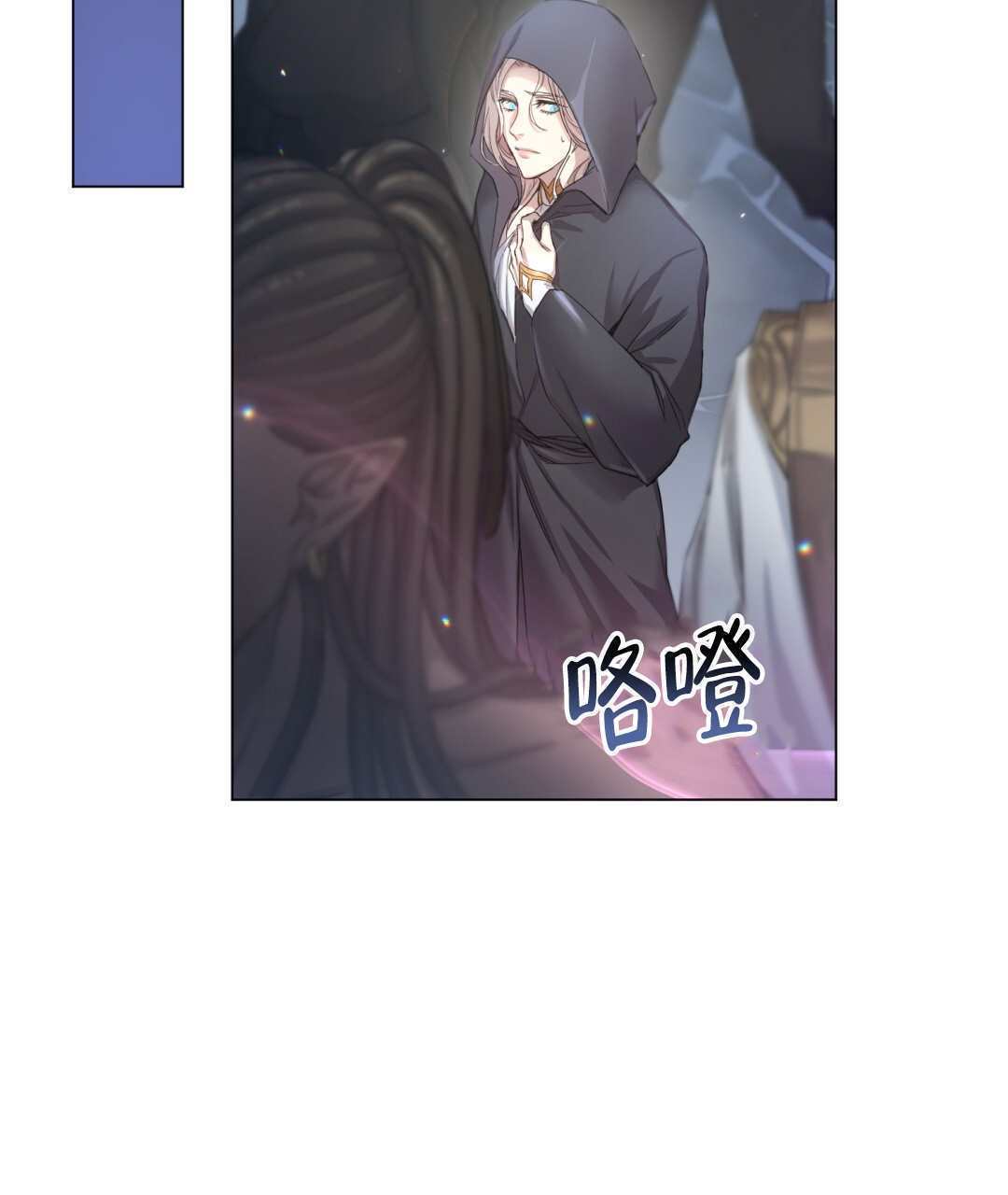五年级英语上册各单元单词整理+朗读资料!

文末有打印方法
五年级英语上册前三个单元单词朗读
五年级英语上册后三个单元单词朗读
单词列表
PEP人教版小学五年级上册单词表
Unit 1
old [əuld] 老的;年纪大的
young [jʌŋ] 年轻的;岁数不大的
funny [fʌni] 滑稽的;可笑的
kind [kaInd] 体贴的;慈祥的;宽容的
strict [strIkt] 要求严格的;严厉的
polite [pəlaɪt]有礼貌的;客气的
hard-working [ˈhɑːdˈwɜːkɪŋ]工作努力的;辛勤的
helpful [helpfl]有用的;愿意帮忙的
clever [klevə(r)]聪明的;聪颖的
shy [ʃaɪ]羞怯的;腼腆的;怕生的
know [nəu] 知道;了解
our [‘aʊə]我们的
Ms [mIz](用于女子的形式或姓名前,不指明婚否)女士
will [wɪl](谈及将来)将要
sometime [sʌmtaɪmz]有时;间或
robot [rəʊbɒt]机器人
him [hɪm](用作宾语或表语)他
speak [spiːk] 会说;会讲(某种语言)说话
finish [fɪnɪʃ]完成;做好
1 、
Who’s your art teacher ?
你的美术老师是谁?
Mr Hu .胡先生。
2 、
What’s he like ?他长得怎么样?
He’s short and thin .他又矮又瘦。
3 、
Is she young ?
她是年轻的吗?
Yes ,she is ./No ,she isn’t .
是的,她是。/不,她不是。
4 、
Do you have new teachers ?
你有新教师吗?
Yes ,I have .
是的,我有。
5、
It’s for our art teacher .
这是给我们美术老师的。
Unit 2
Monday [mʌndeɪ] 星期一
Tuesday [tju:zdeɪ] 星期二
Wednesday [wenzdeɪ] 星期三
Thursday [θə:zddeɪ] 星期四
Friday [fraideɪ] 星期五
Saturday [sætədeɪ] 星期六
Sunday [sʌndeɪ] 星期天
weekend [,wiːkˈend] 周末
wash [wɒʃ] 洗
wash my clothes 洗我的衣服
watch [wɒtʃ]看
watch TV 看电视
read[ri:d] 看;读
read books 看书
play [pleɪ]踢;玩;参加(体育运动)
play football 踢足球
cooking [kʊkɪŋ] 烹饪;烹调
often [ɒfn]时常;常常
park [pɑːk]公园
tired [taɪɚd]疲倦的
sport [spɔːt]体育运动
play sport 做体育运动
should [ʃəd; ʃʊd](常用于纠正别人)应该,应当
every [evri]每一个,每个
day [deɪ]一天;一日
schedule ˈʃedjʊ;l]工作计划;日程安排
1、
What day is it today ?
几天星期几?
It’s Monday .星期一
2 、What do you have on Mondays ?
星期一你们有什么课?We have English ,science and computer .
我们有英语课,科学课和计算机课。
3 、What classes do you like ?
你喜欢什么课?I like P.E. ,math and Chinese .
我喜欢体育课,数学课和语文课。
4 、What day do you like ?
你喜欢哪一天?I like Tuesdays .
我喜欢星期二。
5 、What do you do on Saturdays ?在星期六你做什么? I often do my homework .我通常做我的家庭作业。6、 I can play with you .我能和你一起玩。7 、What about you ?你呢?Unit 3
sandwich [sænwɪtʃ] 三明治
salad [sæləd] 蔬菜沙拉;混合沙拉
hamburger [ˈhæmbɜ:gə] 汉堡包
ice cream [ˌaɪsˈ kri:m] 冰淇淋
tea [tiː] 茶;茶水
fresh [freʃ] 新鲜的
healthy [helθi] 健康的
delicious [dɪlɪʃəs] 美味的;可口的
hot [hɒt] 辣的;辛辣的
sweet [[swi:t] 含糖的;甜的
drink [drɪŋk] 喝;饮
thirsty [θɜːsti] 渴的;口渴的
favourite [feɪvərɪt] 特别喜爱的
food [fuːd] 食物
Dear [dɪə] (用于信函抬头的名字或头衔前)亲爱的
onion [ʌnjən] 洋葱;葱头
1、
What would you like for lunch ?
午餐想要吃什么?
I’d like some tomatoes and mutton .我想要吃一些西红柿和羊肉。
2、
What do you have for lunch today ?
今天的午餐你吃什么?I have eggplant and tomatoes .
我吃茄子和西红柿。
3 、
Here is our school menu .
这是学校的菜单。
4 、
That sounds good .
那听起来是好的。
5、
The beef is tasty .
牛肉是美味的。
6 、
The bananas are my favourite .
香蕉是我的最爱。
7 、
What’s your favourite food ?
你最喜欢的食物是什么?My favourite food is fish .
我最喜欢的食物是鱼。
8、
I like apples .
I don’t like grapes .
They’re sour .
我喜欢苹果。
我不喜欢葡萄。
他们是酸的。
9 、
Bananas are my favourite food .
Because they’re sweet .
香蕉是我的最爱。
因为它们是甜的。
Unit 4
sing [sɪŋ]唱;唱歌
song [sɒŋ] 歌曲
sing English songs唱英文歌曲
play the pipa 弹琵琶
Kung fu [,kʌŋfu:] 功夫;武术
do Kung fu 练武术
dance [dɑːns] 跳舞
draw [drɔː] 画
cartoon [kɑːtuːn] 漫画
draw cartoons 画漫画
cook [kʊk] 烹调;烹饪
swim [swɪm] 游泳
play basketball 打篮球
ping-pong [pɪŋpɔŋ] 乒乓球
Play ping-pong 打乒乓球
Speak English 说英语
We’ll=we will
party [pɑrti] 聚会;派对
next [nekst] 下一个的;紧接着的;接下来的
wonderful [ˈwʌndərfl] 极好的;了不起的
learn [lɜːn] 学;学习;学会
any[eni] 任何的;任一的
problem [prɒbləm] 问题
no problem 没问题
want [wɒnt] 要;想要
send [send] 邮寄;发送
email [iːmeɪl] 电子邮件
at [ ət; æt ](后面接邮件地址)
1、
I’m helpful 。
我是乐于助人的。
2、
Are you helpful at home ?
你在家是乐于助人的?
3 、
What can you do at home?
你在家能干什么?
I can sweep the floor .
我能扫地。
4、I’m ill .我病了。
5 、
Can you do housework ?
你能做家务劳动吗?Yes ,I can . /No ,I can’t .
是的,我能。/不,我不能。
Unit 5
clock [klɒk] 时钟;钟
plant [plɑːnt] 植物
bottle [bɒtl] 瓶子
water bottle水瓶
bike [baɪk]自行车;脚踏车
photo [fəʊtəʊ]照片;相片
front [frʌnt]正面
in front of 在.......前面
between [bɪtwiːn] 在........中间
above [əbʌv] 在(或向).......上面
beside [bɪsaɪd]在旁边(附近)
behind [bɪhaɪnd] 在(或向).......后面
there [ðeə] (表示存在或发生)
grandparent [grænpeərənt]祖父;祖母;外祖父:外祖母
their [ðeə]他们的;她们的;它们的
house [haʊs]房屋;房子;住宅
lot [lɒt]大量;许多
lots of大量;许多
flower [flaʊə]话;花朵
move [muːv]搬家
dirty [dɜːti]肮脏的
everywhere [evriweə(r)]处处;到处
mouse [maʊs] 老鼠
live [lɪv] 注;居住
nature [neɪtʃə(r)]自然界;大自然
1 、
Is this your bedroom ?
这是你的卧室吗?
Yes ,it is . /No ,it isn’t .是的,它是。/不,它不是。
2 、Come and look at my curtains .
过来看看我的窗帘。
3、In my room I have a trash bin .
在我的房间里我有一个垃圾桶。
4、What’s your room like ?
你的房间什么样?
5 、There is a big closet ,a new air-conditioner and a new mirror .这有一个大的衣柜,一个新的空调和一个新的镜子。
6、There are two blue curtains .
这有两个蓝色的窗帘。
7 、It’s on the third floor .
它在三楼。
8 、I love my new room very much .
我给常喜欢我的房间。
9、Where is the trash bin ?It’s near the table .垃圾桶在哪?它在饭桌的旁边。10、There is a mirror behind the closet .在衣柜的后面有一个镜子。Unit 6
forest [fɒrɪst]森林;林区
river[rɪvə]河;江
lake [leɪk]湖;湖泊
mountain [ˈmaʊntən]高山;山岳
hill [hɪl]山丘;小山
tree [triː]树;树木;乔木
bridge [brɪdʒ] 桥
building [bɪldɪŋ]建筑物;房子;楼房
village [vɪlɪdʒ]村庄;村镇
house [haʊs]房屋;房子;住宅
boating [bəʊtɪŋ]划船
go boating去划船
are’t=are not
rabbit [ræbɪt]兔;野兔
high [haɪ]高的
1 、
Is there a river in the park ?
在公园里有一条河。
Yes ,there is ./No ,there isn’t .是的,这有。/不,这没有。
2 、This is my holiday picture .
这是我的假期照片。
3、Are there any bridges in your village ?
在你的乡村里有一些桥吗?
Yes ,there are ./No ,there aren’t .
是的,这有./不,这没有。
4 、There are no tall buildings .
这没有高楼。
五年级英语基本语法总复习:易错知识点汇总
[第一类] 名词类1. 这些女老师们在干什么?
[误] What are the woman teachers doing?
[正] What are the women teachers doing?
[析] 在英语中,当一名词作定语修饰另一名词(单或复数形式)时,作定语的名词一般要用其单数形式;但当man,woman作定语修饰可数名词复数形式时,要用其复数形式men, women.
2. 房间里有多少人?
[误] How many peoples are there in the room?
[正] How many people are there in the room?
[析] people作“人、人们”解时,是个集合名词,其单复数同形。
3. 我想为我儿子买两瓶牛奶。
[误] I want to buy two bottle of milk for my son.
[正] I want to buy two bottles of milk for my son.
[析] 表示不可数名词的数量时,常用“a / an或数词+表量的可数名词+ of + 不可数名词”这一结构,其中当数词大于1时,表量的可数名词要用其复数形式。
[第二类] 动词类4. 你妹妹通常什么时候去上学?
[误] What time does your sister usually goes to school?
[正] What time does your sister usually go to school?
[析] 借助助动词do(或does)构成疑问句或否定句时,句中的谓语动词用其原形。
5. 琳达晚上经常做作业,但今晚她在看电视。
[误] Linda often do her homework in the evening, but this evening she watching TV.
[正] Linda often does her homework in the evening, but this evening she is watching TV.
[析] 在初一英语学习阶段,我们接触到了两种主要时态:一般现在时和现在进行时。一般现在时表示经常的或习惯性的动作,常和often, usually, sometimes 等时间状语连用。在一般现在时的句子中,若主语是第三人称单数,谓语动词要用其第三人称单数形式。现在进行时表示现阶段正在进行或发生的动作,现在进行时由be(am / is / are)+ving形式构成。
6. 这双鞋是红色的。
[误] This pair of shoes are red.
[正] This pair of shoes is red.
[析] 在shoes, trousers, gloves, glasses等表示成双成对的衣物或工具名词前用pair(表计量)修饰时,谓语动词的形式由pair的单复数形式来决定。
[第三类] 代词类7. 这张票是她的,不是我的。
[误] This is hers ticket. It’s not my.
[正] This is her ticket. It’s not mine.
[析] 物主代词有形容词性物主代词和名词性物主代词之分。形容词性物主代词之后一定要接名词,而名词性物主代词之后不需接任何词。
8. 吴老师教我们英语。
[误] Miss Wu teaches our English.
[正] Miss Wu teaches us English.
[析] teach sb. sth..中的sb.作teach的宾语,因此当sb.为人称代词时要用其宾格形式。
[第四类] 介词类9. 你能找到这个问题的答案吗?
[误] Can you find the answer of this question?
[正] Can you find the answer to this question?
[析] 英语中用“the answer to …”表示“……的答案”。类似结构还有the key to the door, the way to the zoo等。
10. 格林先生星期六上午来这里。
[误] Mr. Green will come here in Sunday evening.
[正] Mr. Green will come here on Sunday evening.
[析] 表示在上午、下午等时,介词要用in;而表示在具体的某天上午、下午时,介词要用on.
11. 那个穿着红裙子的小女孩是我们老师的女儿。
[误] That little girl on a red skirt is our teacher’s daughter.
[正] That little girl in a red skirt is our teacher’s daughter.
[析] 用介词表示“穿戴衣物”时,只能用in,其他介词没有此用法。
[第五类] 副词类12. 莉莉,你为什么不回家呢?
[误] Lily, why don’t you go to home?
[正] Lily, why don’t you go home?
[析] come, go 等后接here, there, home等地点副词时,地点副词前不加to。
[第六类] 连词类13. 我喜欢语文和英语,但我不喜欢体育和历史。
[误] I like Chinese and English, but I don’t like P.E. and history.
[正] I like Chinese and English, but I don’t like P.E. or history.
[析] 在肯定句中并列成分之间用and来连接;而在否定句中,并列成分之间的连接需用or。
[第七类] 冠词类14. 乘飞机去北京花了史密斯一家人一个小时。
[误] It takes Smiths a hour to go to Beijing by a plane.
[正] It takes the Smiths an hour to go to Beijing by plane.
[析] 1.表示“……一家人”用结构“the + 姓氏复数”;
2.our 一词的第一个字母不发音,它是以元音音素开头的,所以“一小时”要用 an hour;
3.用介词by表示“乘坐”某种交通工具时,交通工具名词前不加任何冠词。
[第八类] 句法类15. ――你不是学生吗? ――不,我是学生。
[误] ――Aren’t you a student? ――No, I am.
[正] ――Aren’t you a student? ――Yes, I am.
[析] 对否定疑问句的回答是用Yes还是用No,这取决于实际情况:如果事实是肯定的,就用Yes表“不”;如果事实是否定的,就用No表“是的”。
16. 房间里有多少人?
[误] How many peoples are there in the room?
[正] How many people are there in the room?
[析] people作“人、人们”解时,是个集合名词,其单复数同形。
打印资料的方法:
1、高清图可保存图片到手机,去打印店打印;
2、复制粘贴到word文档里打印;
3、在电脑上登录微信点开文章,用浏览器打开打印。
推荐阅读:
部编版五年级上册语文期末基础测试题带答案(共5套),可免费下载!
部编版五年级上册语文期末基础知识、阅读理解测试带答案(共7套)
需要四、五、六年级资料请关注公众号:小学知识













